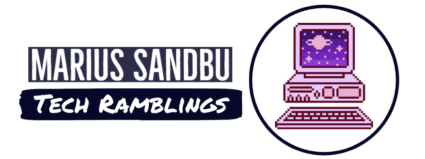Whilst working with GenAI the last years, much of the focus the last year has been on GenAI Agents. So what is a GenAI Agent? Well there are a couple of characteristics that define it, while the line between a virtual assistant and a GenAI agent might be small there are some minor details to it.
The big difference is that Agents can act on their own, without a human in the loop, while virtual assistants are dependent on instructions from the human. Secondly agents can also works in “pairs” or in “teams” where you have virtual agents that can interact or communicate with each other.

GenAI agents can also be really different how they behave/fuction/features/properties. Now the last year I have been trying to understand this GenAI landscape therefore I decided to create my own overview of the different agents which can be viewed in this Miro board https://miro.com/app/board/uXjVLyVVDM8=/?share_link_id=448446034714

Many of these agents can be split into different categories, depending on their main purpose.
- Single purpose agents (SharePoint agent)
- Agent frameworks (Phidata)
- Multi-agent frameworks (CrewAI, Autogen)
- Agent Platforms (AWS Bedrock, Copilot Studio, Google AgentSpace)
When looking closer at the different agents as well, there are a lot of differences in terms of LLM support, built-in actions, focus on speech or even the ability to run offline/air-gapped environments. Some of them also focus on multi-agent configuration.
NOTE: This overview is still in progress, and therefore is still in v0.7 in terms of services and the different options. However many of the vendors have really bad documentation and therefore it is hard to get a good answer on each of them. As always feedback is appriciated!
